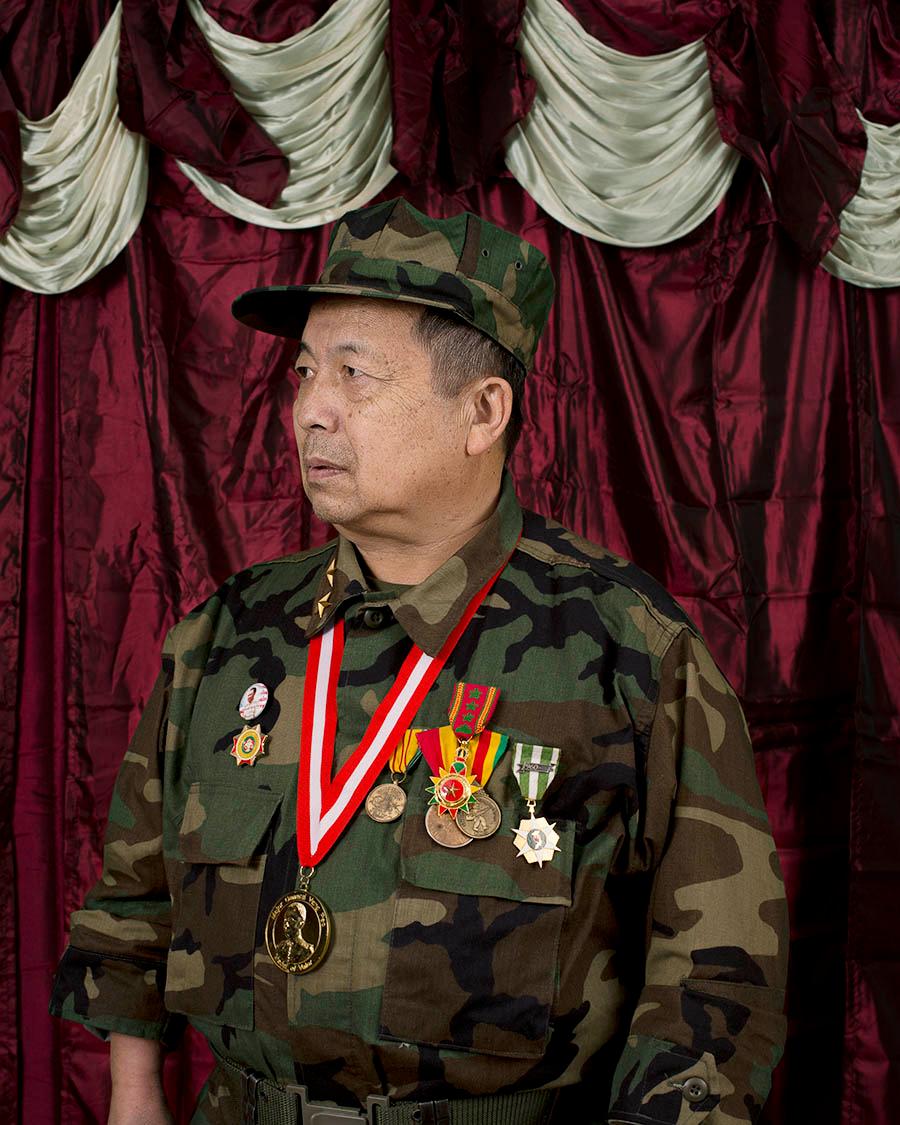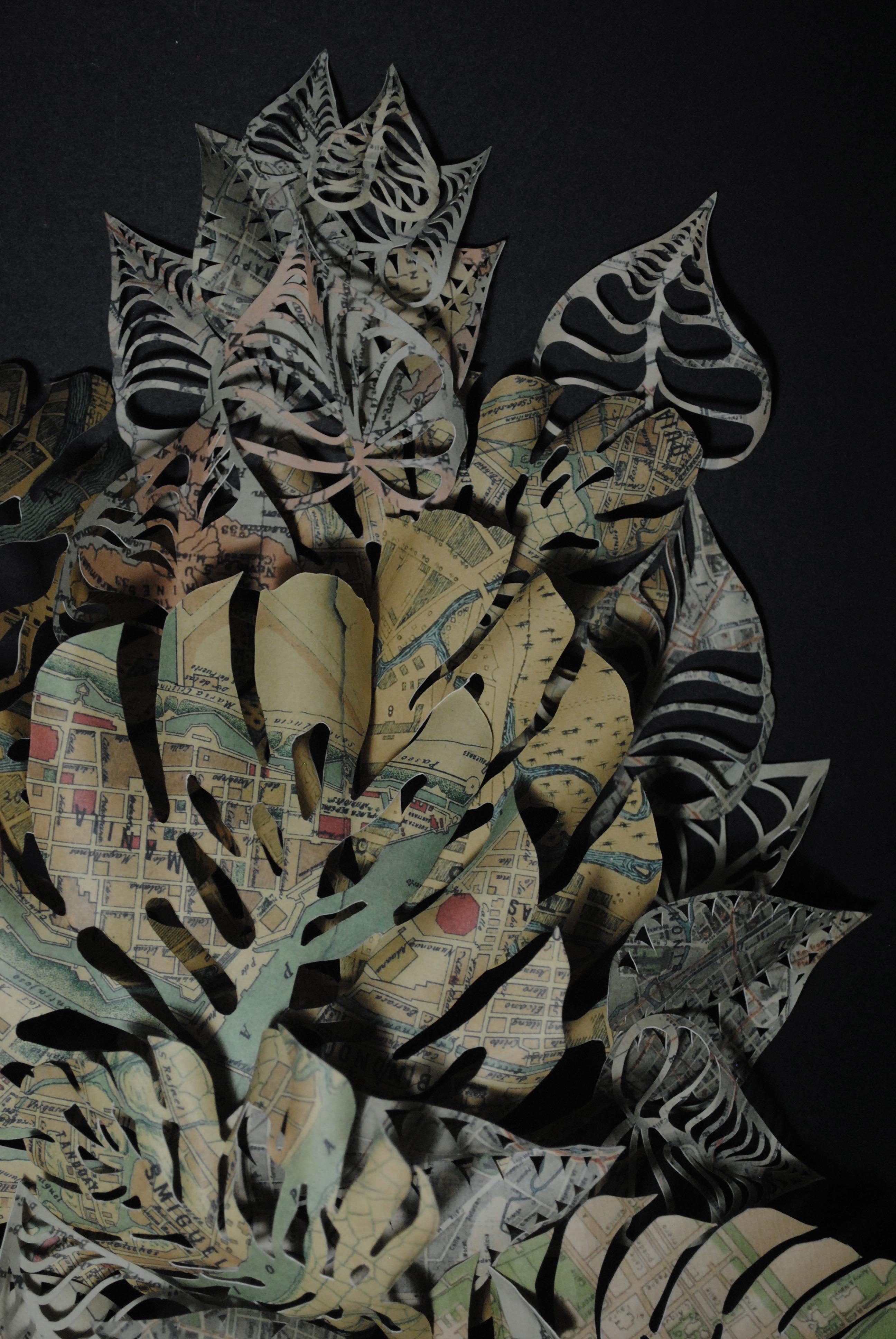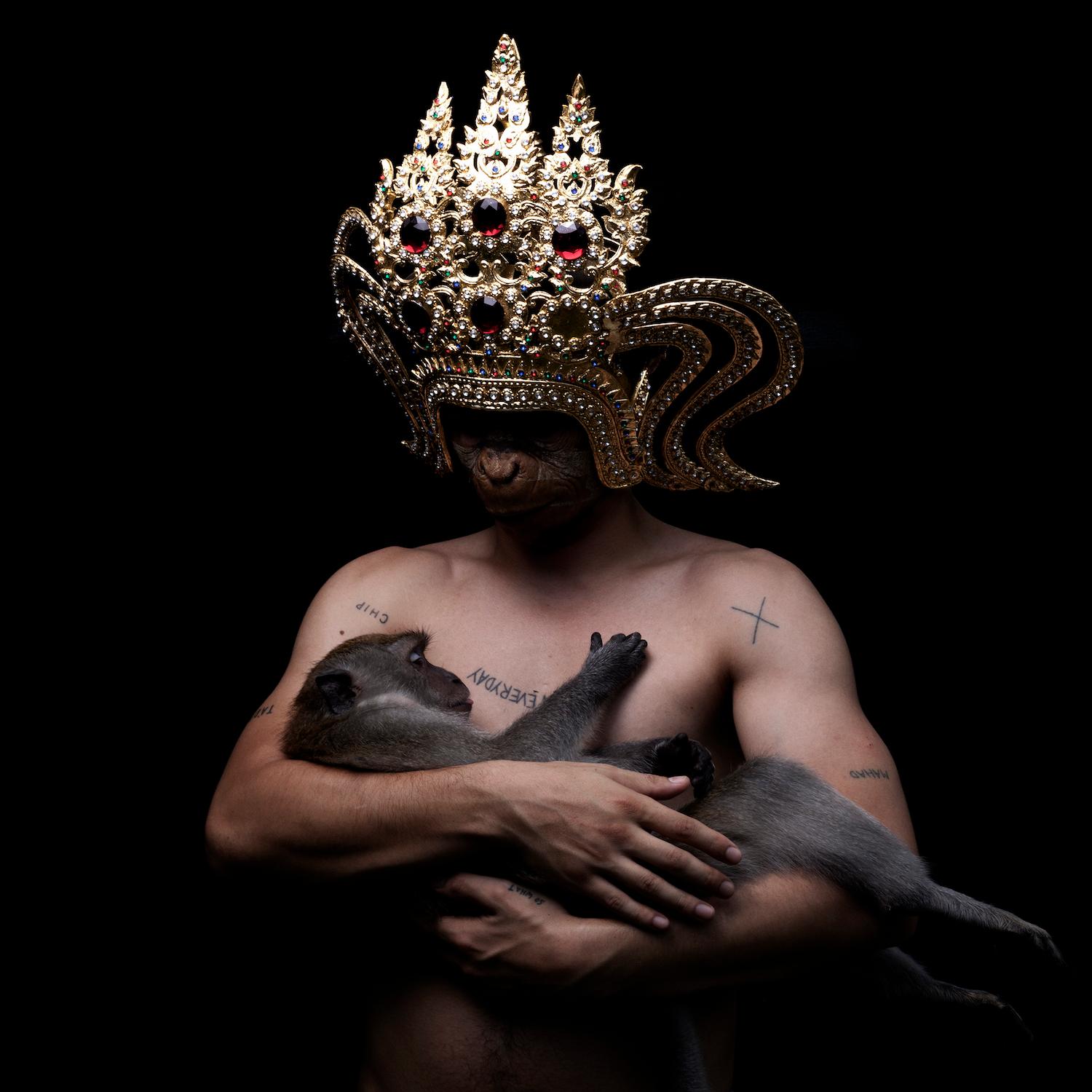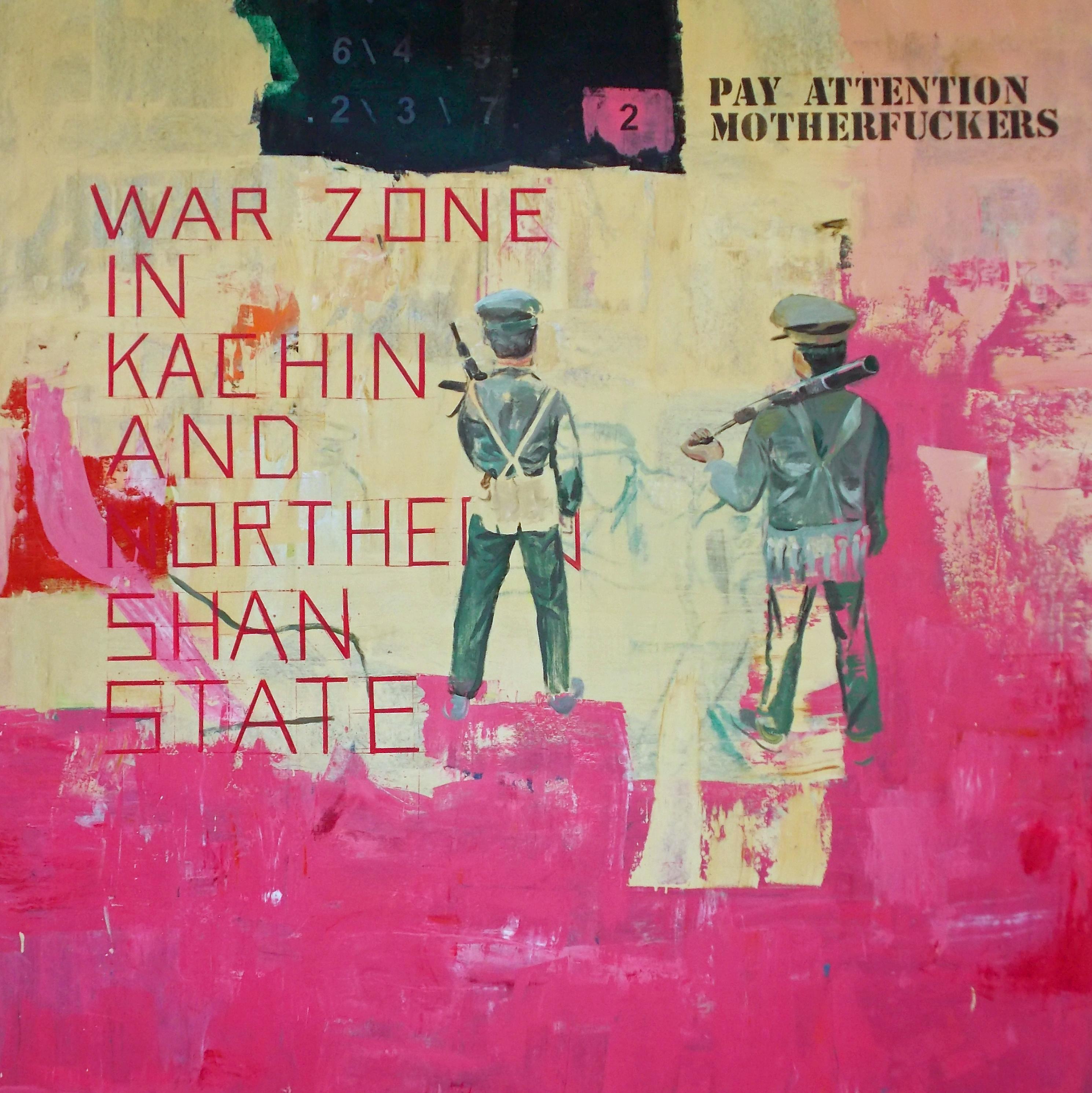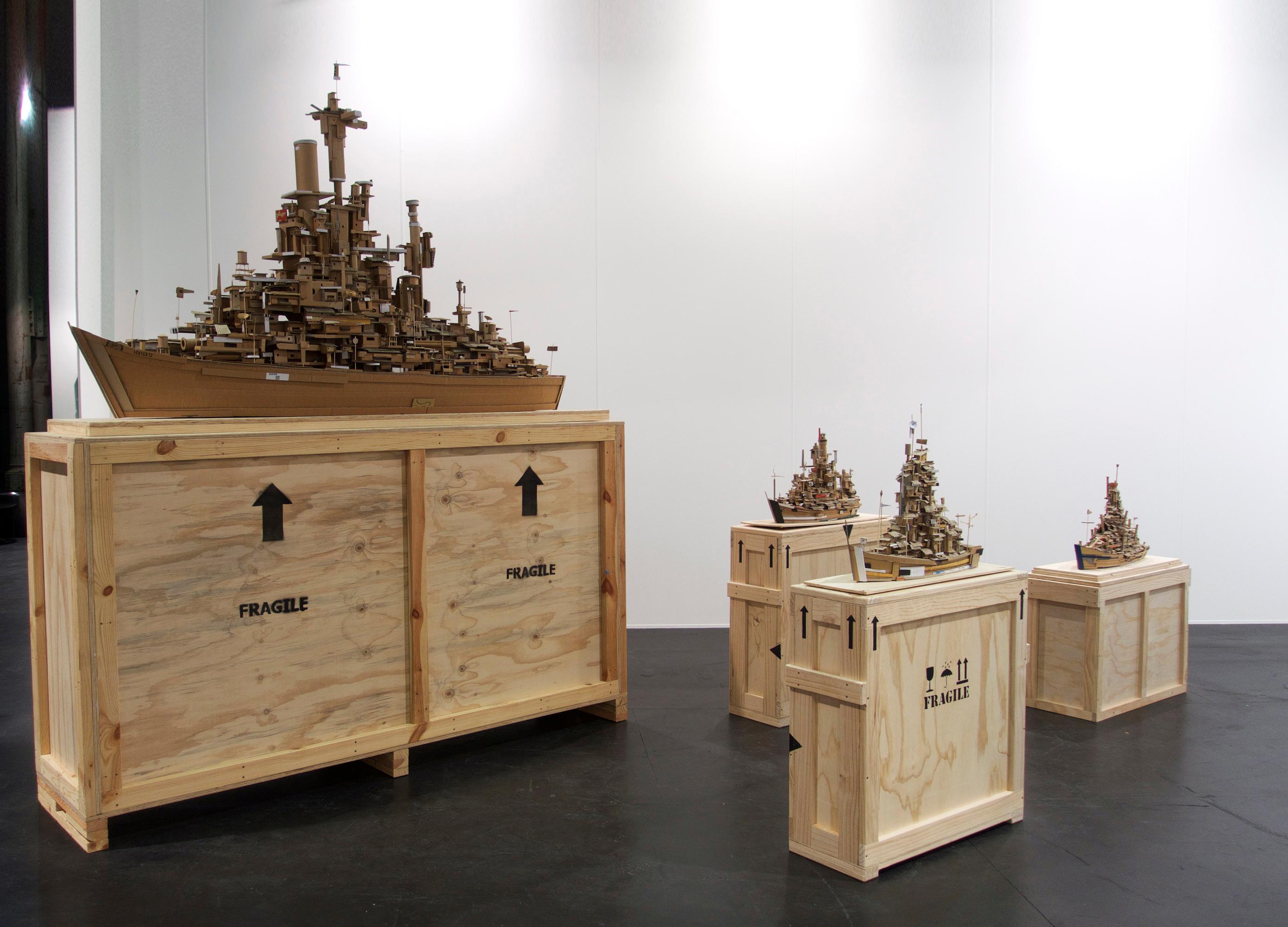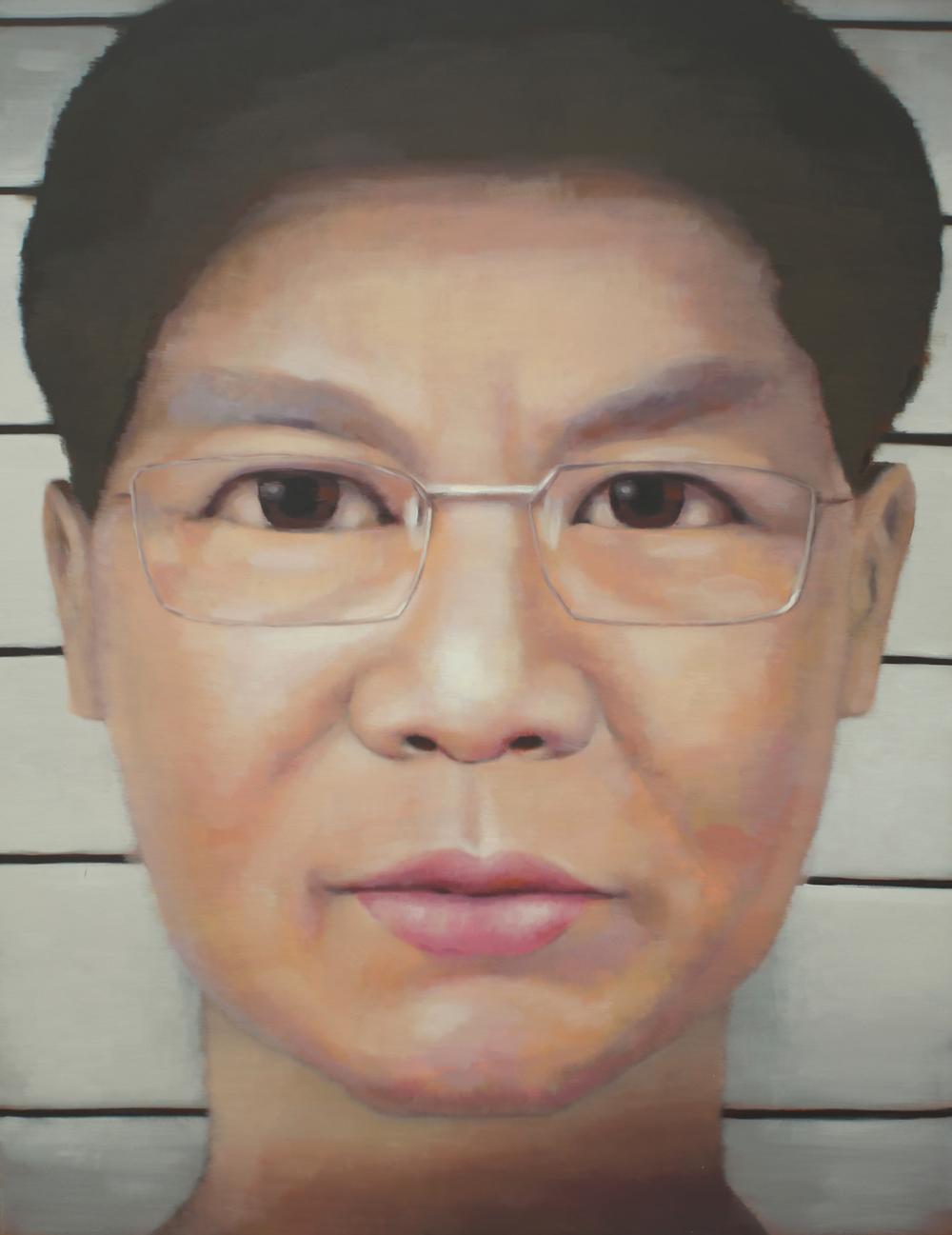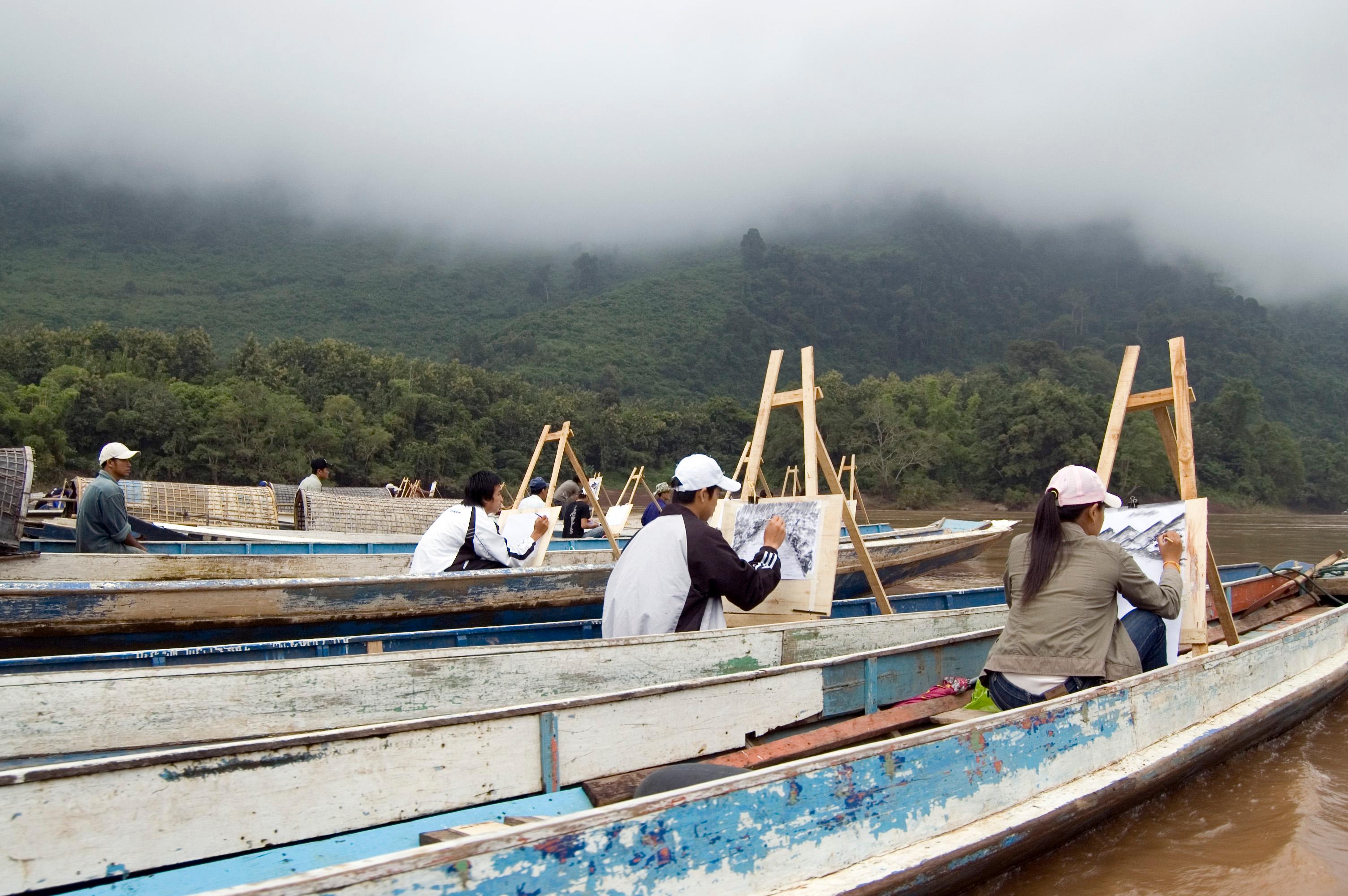
| EXHIBITION |
Group
Diaspora: Exit, Exile, Exodus of Southeast Asia exhibition
Abdul Abdullah, Aditya Novali, Alfredo and Isabel Aquilizan, Anida Yoeu Ali, Ho Tzu Nyen, Jakkai Siributr, Jun Nguyen-Hatsushiba, Nindityo Adipurnomo, Nipan Oranniwesna, Nontawat Numbenchapol, Pao Houa Her, Paphonsak La-or, Piyarat Piyapongwiwat, Prapat Jiwarangsan, Ryan Villamael, Sawangwongse Yawnghwe, Svay Sareth, The Maw Naing
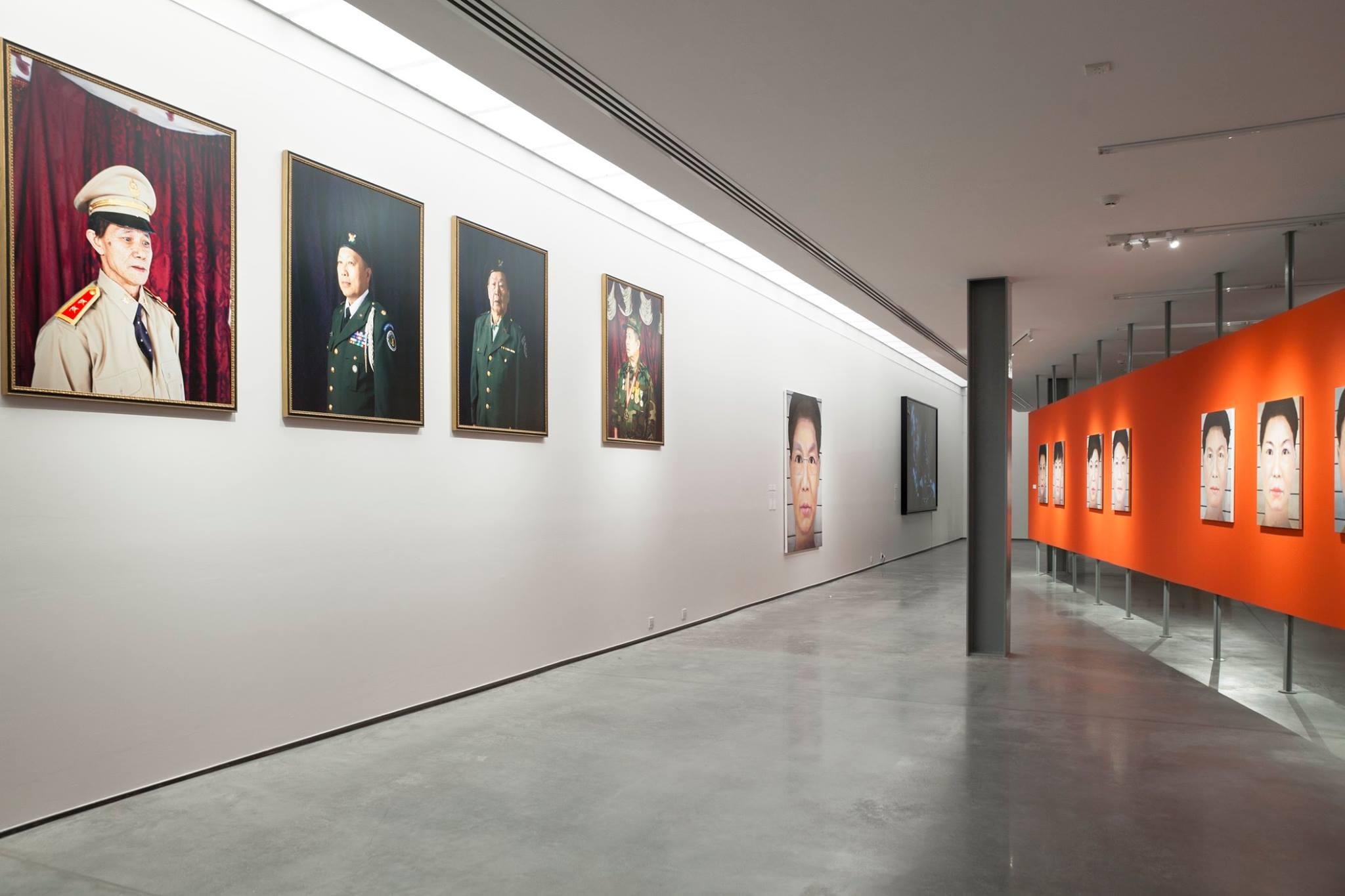
MAIIAM Contemporary Art Museum is proud to present DIASPORA: Exit, Exile, Exodus of Southeast Asia, a group exhibition of contemporary art from Southeast Asia that considers the recent and ongoing movement of people within and away from the region since the outbreak of the Vietnam War, and its related aspects of migration, displacement, return, and hybridity.
Taking the artworks as a starting point in engaging with historical or autobiographical accounts of the diaspora experience, the exhibition also draws attention to the act of crossing the permeable, geopolitical borders that punctuate Southeast Asia. These are the borders that are repeatedly crossed, lawfully or illicitly, by a great number of people whose lives and identities may be configured by mobility and social exclusion.
Conceived as a platform to initiate dialogues on diaspora and movement through art, DIASPORA: Exit, Exile, Exodus of Southeast Asia specifically investigates three defining passages of dispersion, which are reflected in the title of the exhibition: to exit, or to leave the home country for personal reasons or economic improvement; to be exiled, as an individual or as a community, to be refused return for oftentimes political reasons; and to move in exodus, as a group of stateless and dispossessed people fleeing crises or war. Together, these migratory passages invite new ways of thinking about borders as an enduring cultural and geopolitical divide in a progressively borderless global society.
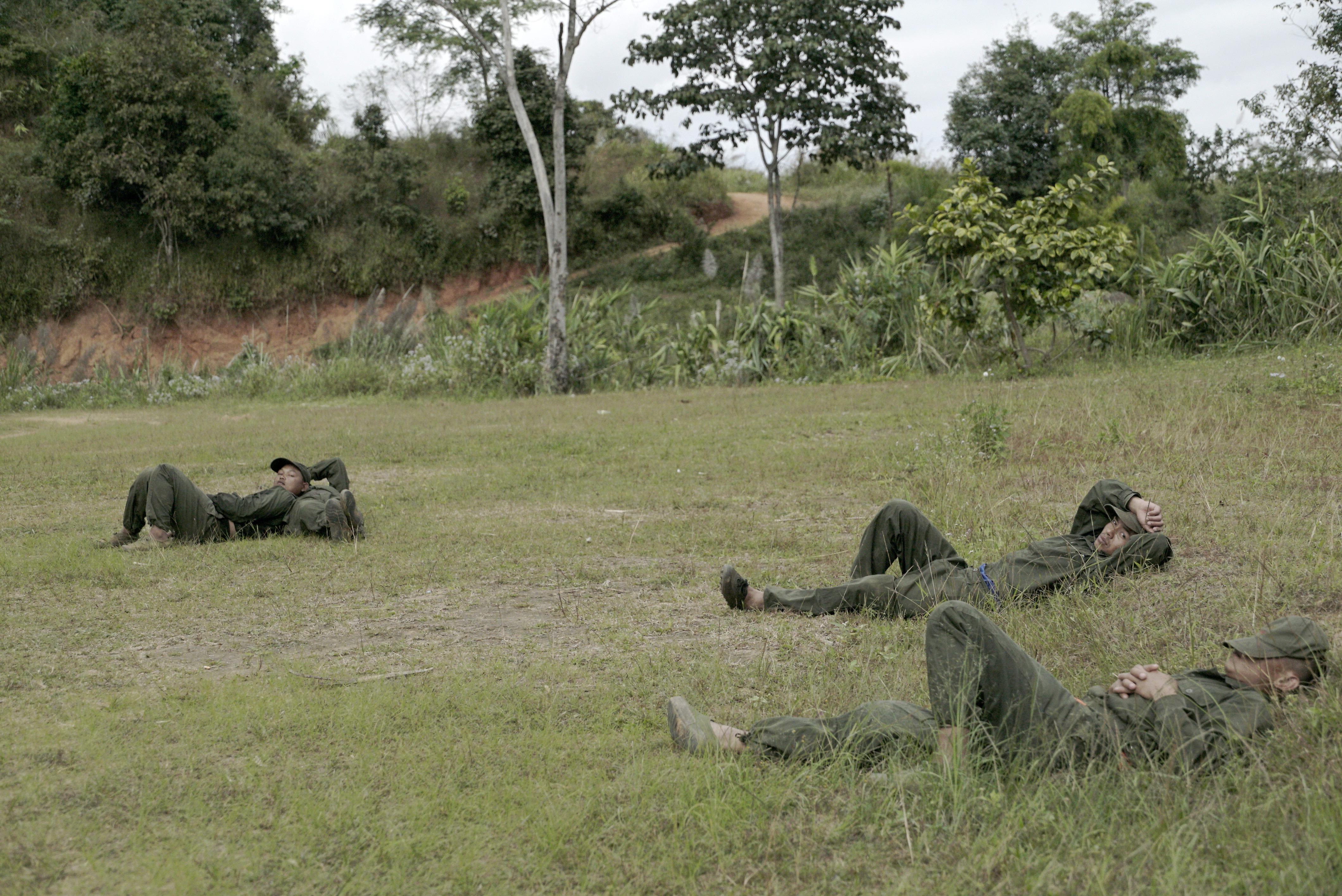
Exit, exile, and exodus are the cornerstones of investigation for the 18 established and emerging artists from the region, and beyond, who respond with compelling and thought-provoking works, both existing and newly commissioned, that stem from the artists’ and the Museum’s ongoing research and collaboration on the subject of displacement. Developed around the notion of ‘diaspora’ as methodological framework, the works not only reflect the artists’ impression of their own experiences of transitory life and resettlement, but also examine the migratory circumstances that have shaped Southeast Asia as a region of diverse ethnicities, religions, and languages.
Featuring diverse practices and methodologies, DIASPORA: Exit, Exile, Exodus of Southeast Asia seeks not to define, nor survey, “diasporic art”, but to be a conversation with the audience about the experience of diaspora that reveals itself in the artworks, by exploring the everyday significance of territorial and ideological borders, political and religious identity, and home and belonging.
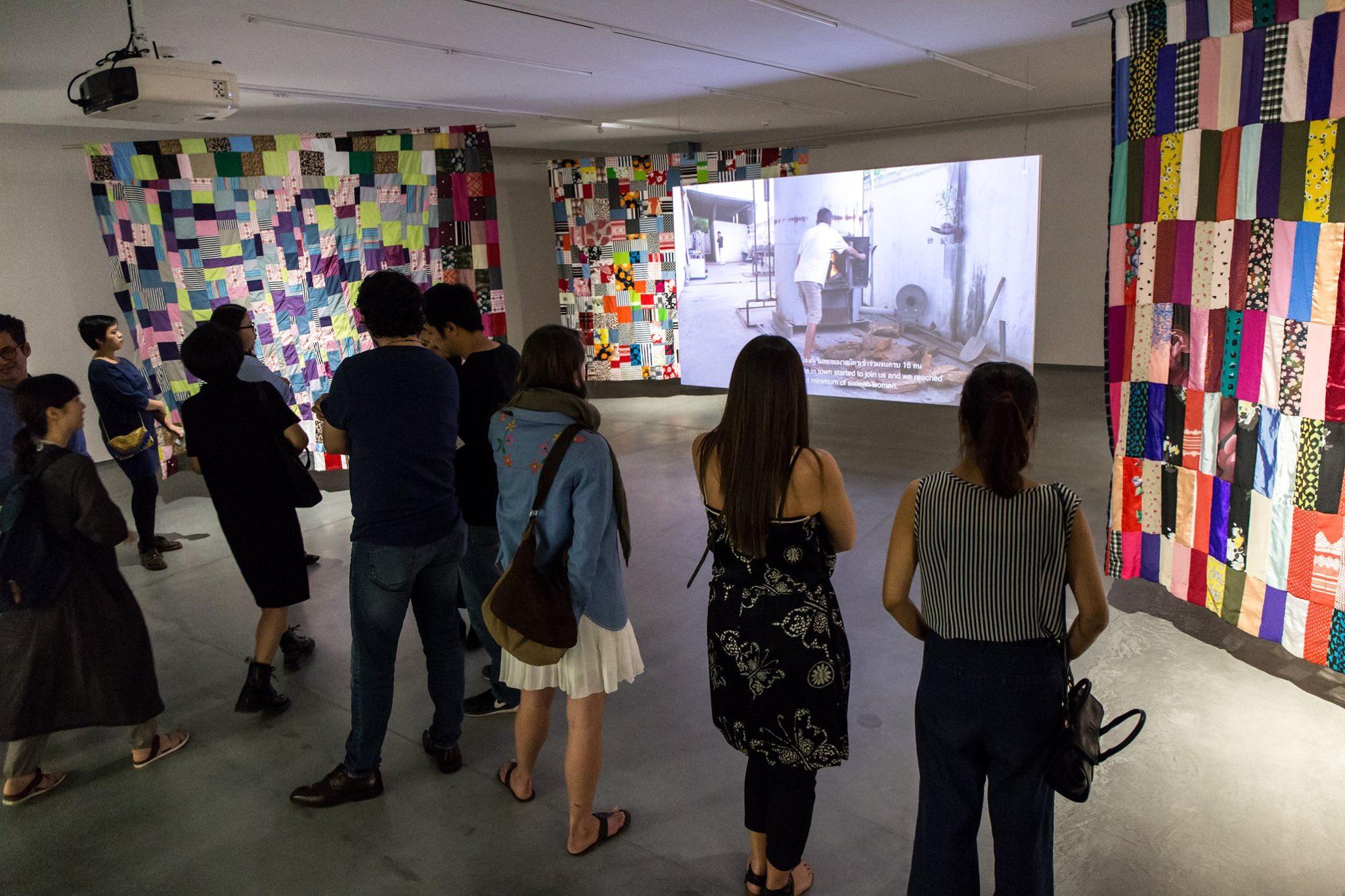
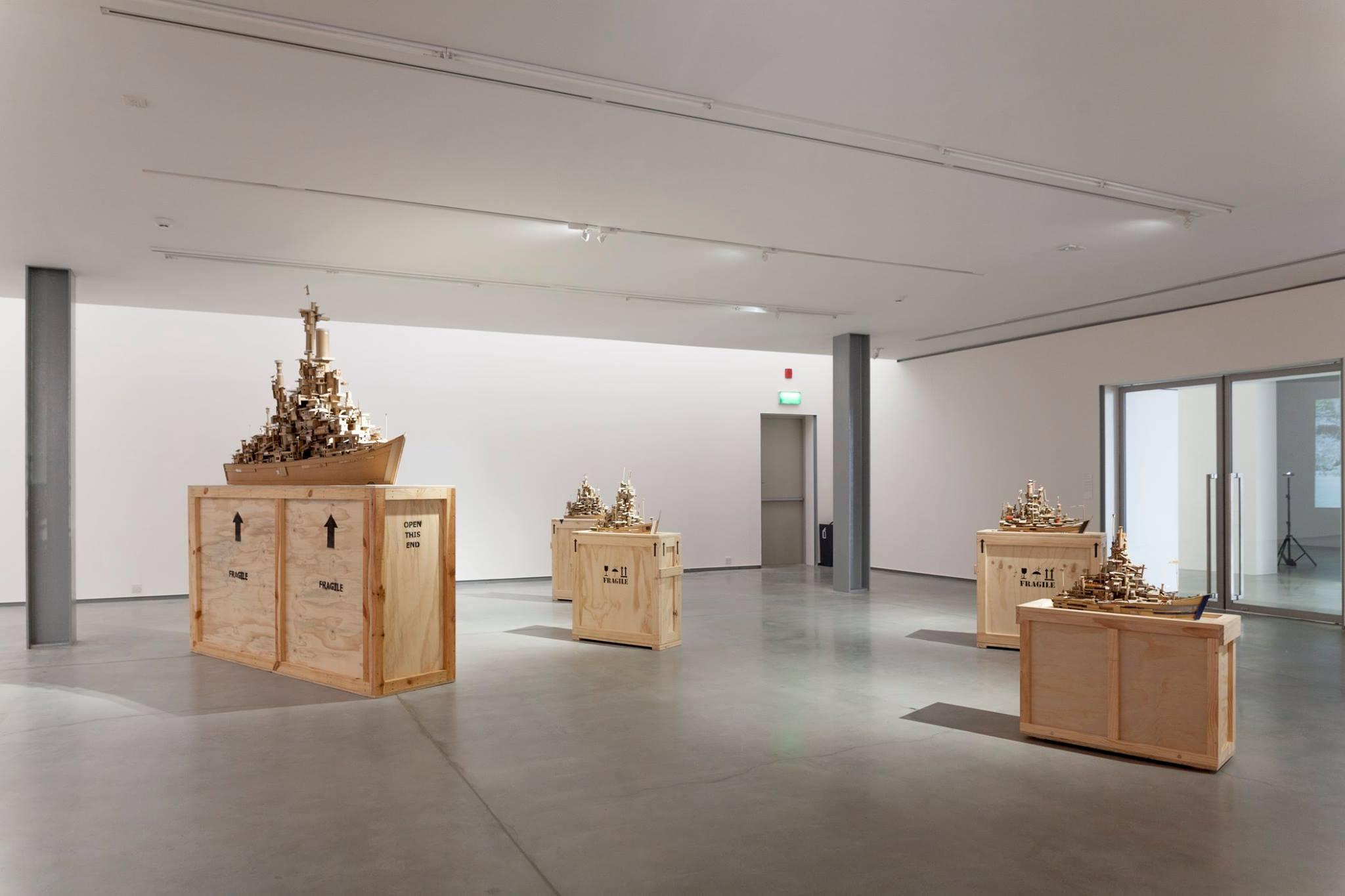
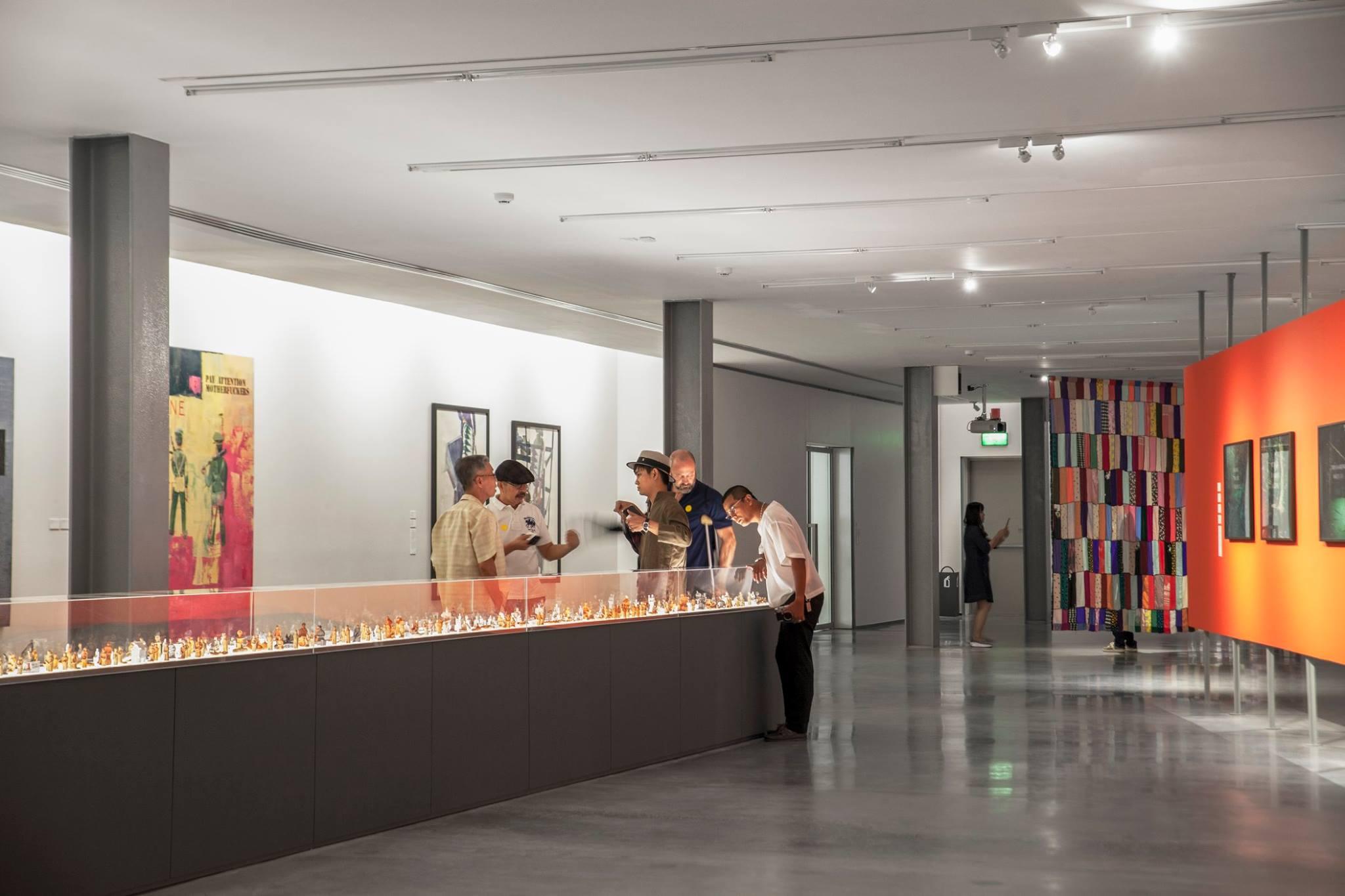
DIASPORA: Exit, Exile, Exodus of Southeast Asia opens on March 3, 2018, with a series of panel discussions starting at 5 pm among international artists Aditya Novali, Ryan Villamael, Nipan Oranniwesna, and The Maw Naing (Panel 1); and Sawangwongse Yawnghwe, Abdul Abdullah, and Svay Sareth (Panel 2) about their art practice in relation to issues of displacement and diaspora in Southeast Asia. The talks will be followed by the opening event at 7.30 pm.
In line with MAIIAM Contemporary Art Museum’s dedication to research and education, there will be topic-specific seminars and film screening programmes throughout the exhibition. A catalogue published in conjunction with the exhibition, which includes specially commissioned essays by historians and subject-matter experts on topics related to migration, borders, and diasporas, will also be launched this spring complemented by a panel conversation with the writers.
DIASPORA: Exit, Exile, and Exodus of Southeast Asia runs through October 1, 2018.
About the artists:
Abdul Abdullah’s (b. 1986, Perth, Australia) provocative, salient work addresses the politicisation of the Muslim identity in our post-9/11 world. Drawing on his personal experiences growing up as a seventh-generation Australian in suburban Perth, Abdul Abdullah exposes the marginalisation of the Muslim youth today. His distinctively dark oeuvre explores perceptions of cultural hybridity, ritual and ceremony, and the intimate aspects of self and identity that elucidate the human condition. Abdul Abdullah’s works are in the collections of the National Gallery of Australia, Queensland Gallery of Modern Art, and Museum of Contemporary Art Australia, among others. He lives and works in Perth, Australia.
Aditya Novali (b. 1978, Solo, Central Java, Indonesia) works with diverse materials, often first conceiving the idea before finding the perfect medium to transcribe his vision. His background in architecture and design plays an influential role in his work, determining his sensitivity to space and structure. Addressing themes of boundary, identity, materialism, and urbanism, Aditya Novali entices the viewer’s involvement and participation in manipulating and transforming his works, which in turn acquire new forms. Aditya Novali was nominated for the Best Emerging Artist Using Installation at the Prudential Eye Awards 2016 in Singapore. He lives and works in Solo, Indonesia.
Alfredo and Isabel Aquilizan (b. 1962, Ballesteros, Cagayan, Philippines; b. 1965, Manila, Philippines) are husband-and-wife artists who have been based in Brisbane, Australia, since 2006. Their collaborative practice, which focuses on compelling mixed-media installations, revolves around the spheres of home and family, exploring the notions of identity and belonging, journey and displacement, within their homeland, in Southeast Asia and beyond, through the use of materials and objects that serve as metaphors of the human condition. Their works are in the collections of the Sherman Contemporary Art Foundation in Australia, and Singapore Art Museum, among others. They live in Brisbane, Australia.
Anida Yoeu Ali (b. 1974, Battambang, Cambodia) is an artist, writer, and provocateur. She is a first generation Muslim Khmer woman born in Cambodia and raised in Chicago. Her practice spans performance, installation, video works, public engagement, and political agitation. Anida Yoeu Ali’s interdisciplinary works investigate the artistic, spiritual, and political collisions of the transnational, hybrid identity. She is a collaborative partner with Studio Revolt, an independent artist-run media lab whose controversial works on social issues have garnered international awards and challenged the White House. Anida Yoeu Ali is an currently artist-in residence at the University of Washington Bothell where she teaches art, performance, and global studies.
Ho Tzu Nyen (b. 1976, Singapore) works primarily in film, video and multimedia installation, and performance, which often incorporate philosophical texts and historical artefacts. His practice revolves around myths and realities, global imagination, and identity politics. Ho Tzu Nyen expresses a fascination with precolonial Singapore and the founding myths that are embedded in its physiology, examining moments in history and representative figures from the past that determine the present. Ho Tzu Nyen’s works have been presented at the 26th Sao Paulo Biennale (2004); the inaugural Singapore Biennale in 2006; the 6th Asia-Pacific Triennial (Brisbane, 2009) and the 54th Venice Biennale in 2011, as well as various museums and galleries. He lives and works in Singapore.
Jakkai Siributr (b. 1969, Bangkok, Thailand) studied art in the United States where he lived for several years. Since returning to Thailand, his focus has been on fabric, crochet, and embroidery. His works, often in the form of composite installations, subtly reflect the uncertainties of a society in rapid transformation, caught between materialism, political instability, and the role of Buddhism in modern Thai society. Siributr’s works are found in major public collections in the National Taiwan Museum of Fine Arts, and Asian Art Museum of San Francisco, among others. He lives and works in Bangkok, Thailand.
Jun Nguyen-Hatsushiba (b. 1968, Tokyo, Japan) spent his childhood in Japan before moving to study in the United States. With his groundbreaking work Memorial Project (2001), Nguyen-Hatsushiba developed an interest in the boat people and minority groups, reflected in Breathing is Free: 12,756.3, an attempt in experiencing the global refugee crisis by running the diameter of the earth. In Don’t we all want to be in tune? (2014), Nguyen-Hatsushiba addresses these concerns further by exploring notions of citizenship and the connection between migrational flux and musical expression. He lives and works in Ho Chi Minh City, Vietnam, and Houston, United States.
Nindityo Adipurnomo (b. 1961, Semarang, Indonesia) engages with history and allusive narratives to examine how culture is created and developed under different influences. With his wife Mella Jaarsma, they founded the Cemeti Art House in 1988, and the Cemeti Art Foundation, recently renamed Indonesian Visual Art Archive (IVAA), which functions as a centre for information, documentation, and promotion of the visual arts. Nindityo Adipurnomo together with Jaarsma received the New York Asian Cultural Council award in 2005. Since 2010, Nindityo Adipurnomo has been developing art research and experimental projects with the local communities and collectives. He lives and works in Yogyakarta, Indonesia.
Nipan Oranniwesna (b. 1962, Bangkok, Thailand) experiments with a wide range of media, from sculpture, video, sound, to mixed-media installations, text-based works, and photography. His practice is influenced by personal and collective memories, cartography, political identities, and economy, based on extensive ground research and direct collaboration with the diverse communities that are the inspiration for his works. Oranniwesna has exhibited in Imaginarium: To the Ends of the Earth (2017) in Singapore, and Kempoku Art 2016 in Ibaraki, Japan, among others. He lives in Bangkok, Thailand, and lectures at the School of Fine and Applied Arts, Bangkok University.
Nontawat Numbenchapol (b. 1983, Bangkok, Thailand) is a film director and scriptwriter. Numbenchapol won international acclaim for his first feature-length documentary Boundary (2013), which presents the points of view of the local people at the Thai-Cambodian border. In the same year, he completed By the River, about the Klity villagers affected by lead-contaminated water. His 2016 docufiction #BKKY tells the story of a teenage girl, Jojo, and inquires into life and identity. The character Jojo is an amalgamation of the thoughts of 100 teenagers in Bangkok, who were interviewed about their loves, dreams, and aspirations. Numbenchapol lives and works in Bangkok, Thailand.
Pao Houa Her (b. 1982, Laos) works across multiple genres and techniques of photography, and is renowned for her portraits of the Hmong people and her narrative of identity and belonging within the Hmong American community. Pao Houa Her was born in the northern jungles of Laos. When the Vietnam War broke out, she with her family fled the conflict, like many others, by crossing the Mekong River as an opium-fed baby on her mother’s back. Pao Houa Her’s works have been shown at the Minneapolis Institute of Arts, and Telemark Art Center in Skien, Norway, among others. She lives and works in Minneapolis, Minnesota, United States.
Paphonsak La-or (b. 1981, Nonthaburi, Thailand) is a conceptual artist who works with various media, from painting to mixed-media installation, employing diverse materials to communicate the subjective life and communal condition of the individual in modern society. Drawing from his own experience, La-or often reaches out to local and international audiences in his line of inquiry, unravelling the social and political conflict in everyday life, and exploring the notion of historical consciousness and the position of the individual and community in history. La-or is currently in Frankfurt, Germany, on his artist residency. He lives and works in Chiang Mai, Thailand.
Piyarat Piyapongwiwat (b. 1977, Phrae, Thailand) engages with a wide variety of media that includes video, photography, text, and mixed-media installation. Her multidisplinary works and art practice reflect her experience and surroundings, and investigate contemporary social and cultural issues such as gender identity, subculture, shifting opinions, change in beliefs and behaviours, marginalised groups, and political difficulties. Her research is informed by topics in anthropology, philosophy, and social sciences. She was artist-in-residence with Arts Initiative Tokyo in October 2017. Piyapongwiwat’s works are shown in the 6th Asian Art Biennial 2017. She lives and works in Chiang Mai, Thailand.
Prapat Jiwarangsan (b. 1979, Bangkok, Thailand) incorporates a variety of media in his practice, especially photography and video, to communicate the associations between history, memory, and politics in Thailand, in particular, around the theme of migration. Over the past four years, he has developed a practice that recognises the experience of migrant workers outside of their home countries, thus positioning his work as a platform for the artist, viewers, and the migrant workers to connect and learn from one another. Jiwarangsan was a full-time lecturer at the Faculty of Fine Arts, Chiang Mai University, in 2012–15. Today he lives and works in Bangkok, Thailand.
Ryan Villamael (b. 1987, Laguna, Philippines) is one of few artists of his generation to have eschewed the more liberal modes of art expression for the contemporary handiwork of paper cut-outs. While his method follows the decorative nature of this medium, from intricately latticed constructions, images emerge that defy the ornamental patchwork found in traditional paper
cutting, becoming a unique vision that encompasses both the inner psyche and the outer world, which ranges from the oblique complexity of imagined organisms to the chaos and darkness of life in a convoluted city. Villamael lives and works in Quezon City, Philippines.
Sawangwongse Yawnghwe (b. 1971, Shan State, Myanmar) lived in Chiang Mai, Thailand, from an early age when he was exiled from then-Burma, and migrated to Canada with his family at age twelve. After his studies at Emily Carr University, he moved to Tuscany, Italy, where he co-founded the Museum of Modern Art Panzano. In his practice, Yawnghwe draws from personal experience to spotlight the ongoing humanitarian crises in Myanmar. In 2015, he founded the Yawnghwe Office in Exile in Amsterdam, Netherlands. Yawnghwe is currently appealing the rejection of his Dutch residence permit. He divides his time between Chiang Mai and Amsterdam where his partner and child live.
Svay Sareth’s (b. 1972, Battambang, Cambodia) sculptural works, installations, and durational performances are made intentionally using materials and processes associated with war, such as metals, military uniforms, camouflage, and actions that require great endurance. While his practice is rooted in his critique and autobiography of war and resistance, Sareth refuses historical particularity and voyeurism on violence. Instead, his works overturn both present and historical moments, deriving from adventure and ways of survival, and ideas of power and futility. Sareth won the Prudential Eye Awards 2016 for Overall Best Emerging Artist and Best Emerging Artist Using Sculpture. He lives and works in Siem Reap, Cambodia.
The Maw Naing (b. 1971, Yangon, Myanmar) is a poet, visual artist, and filmmaker. His poems often form an integral part of his films and installations, which have been shown internationally and won several awards. His full-length debut The Monk (2014) achieved critical acclaim at major film festivals, and was elected as the opening feature for the 49th Karlovy Vary International Film Festival in Prague, Czech Republic. The Maw Naing’s large mixed-media. installations are often an exploration of meditative practice by evoking a sense of spirituality and search for the self. He lives and works in Yangon, Myanmar
About the Curator:
Loredana Pazzini-Paracciani is an independent curator, writer, and lecturer of Southeast Asian contemporary art. Her research and fieldwork revolve around critical social and political issues, and complemented by continuous dialogue with artists and art professionals, have leveraged Southeast Asian contemporary art through collaborative exhibitions, among others, Heads or Tails? Uncertainties and Tensions in Contemporary Thailand (2017) with Sundaram Tagore Gallery, New York; The Game/Viet Nam by LE Brothers (2016) with Jim Thompson Art Center, Bangkok; and Architectural Landscapes: SEA in the Forefront (2015) with Queens Museum, New York. Pazzini-Paracciani is currently working on a debut anthology titled Interlaced Journeys: Diaspora and the Contemporary in Southeast Asian Art, which explores the connections between diasporic movements and contemporary art in Southeast Asia. She is based in London, United Kingdom, and Bangkok, Thailan
